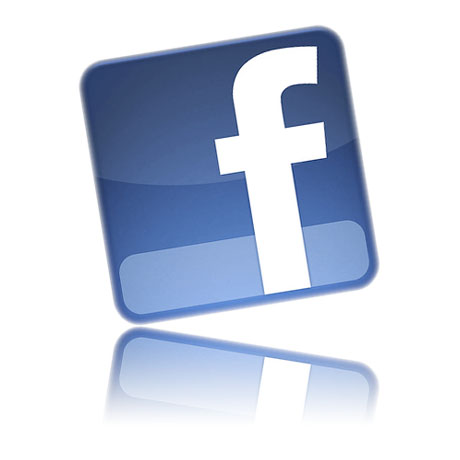One of the downsides to being a public company is that it’s harder to keep company secrets, secret. This week, a Facebook public filing revealed that 8.7% or approximately 83.09 million accounts are fake including millions created for users’ pets and a large number of accounts the company deems ”undesirable”, it has admitted.
The figure emerged in Facebook’s first quarterly report to US financial regulators since the world’s biggest social network made its much-criticised stockmarket debut in May.
In a return published this week, the company said 8.7 per cent of its 955 million global users were not real. There were 83.09 million fake users in total, which Facebook classifies into three groups. The largest is made up of almost 46 million duplicate profiles, accounting for 4.8 per cent of all accounts. The company defined that category as ”an account that a user maintains in addition to his or her principal account”.
What were deemed ”user-misclassified” profiles amounted to 2.4 per cent, almost 23 million, where Facebook says ”users have created personal profiles for a business, organisation or non-human entity such as a pet”.
Advertisement
Finally, ”undesirable” profiles accounted for the remainder, about 14 million, which are deemed to be in breach of Facebook’s terms and conditions. The company said this typically means accounts that have been set up to send spam messages or content to other Facebook users.
In March, when Facebook last gave an estimate of the number of fake or duplicate accounts, it said the proportion was about 5 per cent or 6 per cent, which at the time meant between 42 million and 50 million. The admission comes at a difficult time for Facebook as it attempts to rally following a disastrous stockmarket flotation, and convince shareholders it will be able to translate its extraordinary growth and global user base of nearly 1 billion into a profitable and sustainable business.
”We generate a substantial majority of our revenue from advertising,” the company said in its filing. ”The loss of advertisers, or reduction in spending by advertisers with Facebook, could seriously harm our business.”
This week an online shopping platform provider, Limited Run, formerly known as Limited Pressing, published a lengthy post on its own Facebook page alleging its analytic software found that 80 per cent of clicks on ads on the social networking site came from ”bots”, or fake users.
Facebook shares launched on the stockmarket at $US38, but the price has since slumped to just over half that at $US20.
In its quarterly announcement, the business reported revenues of $US1.18 billion and a loss of $US157 million for the three months to June 30.
The results were just ahead of Wall Street expectations, but Facebook’s share price plummeted nonetheless as the company failed to convince investors it can transfer its hugely successful model to an increasingly mobile world.
This was despite the social network increasing its number of mobile users 67 per cent year-on-year to 543 million in the three months to the end of June.
What does Facebook consider a fake or false account?
Duplicates (4.9%)
Though it’s not allowed, many people have more than one account. Some do this, not for defrauding purposes, but to keep parts of their lives separate. Many avid Facebook gamers create additional accounts so they can friend themselves inside games in order to get bonuses and advance the game. (A problem that would be solved if Facebook would stop forcing in-game friending.)
Misclassified (2.4%)
These are profiles that should be pages such as businesses, organizations, pets, or inanimate objects. (Ode to a Chair!)
Undesirables (1.5%)
I love the word. It reminds me of the teenage hot-rodders in fifties horror movies. You know, the ones who listen to that gosh awful rock and roll while hanging out in the Tasty Freeze parking lot until eleven.
Facebook says they’re profiles that violate the terms of service such as spam sites. They don’t mention explicit sexual content or hate content, but certainly they fall into this category as well.
They don’t have a category for the young kids who have lied about their ages to create an account, but they’re fake in their own way.
According to CNET, Facebook’s last estimation, which they released in March, said their phony account number was between 5% and 6%. Now, it’s 8.7%? That’s a big hop on the landing. But it’s not that they’ve had an increase in phony activity, it’s just that they’re being more thorough in their reporting.
Bottom line is, how does this affect the marketer? Technically, it means that if you buy an ad, you’re paying for fraudulent views. But does it matter? Facebook says they have 955 million monthly users, but if a person comes by once a month to read an update from a friend, is that getting your money’s worth?
Of all the social media sites, Facebook does the best job of keeping people honest but when there are rules, folks are going to break them. In the big picture, I don’t think that 8.7% (or even double that, which is probably closer to the truth) is that big of a problem. On the other hand, if Facebook would like to lower their ad prices by 8.7% to compensate, I’m okay with that, too.
What do you think? Does Facebook’s fake estimation turn you off from Facebook ads or not?




